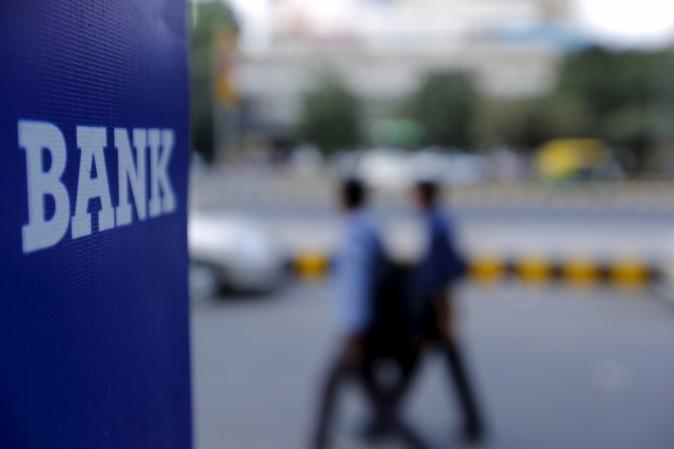
Most public sector bank stocks have lost ground this year, making them one of the top sectoral laggards till date and the pain is likely to aggravate following the central bank's move to end various loan restructuring programmes.
The new guidelines come just days after State Bank of India, the country's biggest lender by assets, said an audit by the Reserve Bank of India (RBI) showed bad loans was about Rs 23,239 crore higher than what the state-run lender reported for the end of March 2017.
Even private sector lenders are grappling with the problem of soured debt. The biggest private lender HDFC Bank had a 20.5 billion rupee divergence, while ICICI Bank said that it isn't required to make disclosures on the topic, Bloomberg reported last week.
Market experts believe the new measures by the RBI would lead to early recognition of bad loans, leading to higher provisioning expense that could subsequently hit their profits at least in the near term.
The Nifty PSU Bank index has fallen 6 percent so far this year. In the past three months, the gauge has declined nearly 13 percent, the worst performance by any sector during the period.
Top lenders such as State Bank of India, Punjab National Bank, Bank of India and Union Bank of India have dropped between 6 percent to 12 percent year-to-date.
Banking stocks were hammered this year after the government announced a lower-than-expected capital infusion plan last month.
Fitch Ratings said that the government's plan to infuse Rs 88,000 crore should help in part to mitigate the risks that state-run banks face, but unwinding of these risks will take some time.
The ratings agency, which has a negative outlook on Indian banks, is of the view that resolution of bad assets and continued high credit costs will hinder the sector's near-term performance.
Adding to the pressure is the quick rise in bond yields, especially in the last six weeks, which would hurt banking industry's profitability to the tune of Rs 30,500 crore in financial year 2018, reckons India Ratings and Research.
The agency believes mid-sized banks would be the worst hit, considering their proportionally swollen treasury books, after a period of muted credit and large deposit growth in fiscal 2017.

















